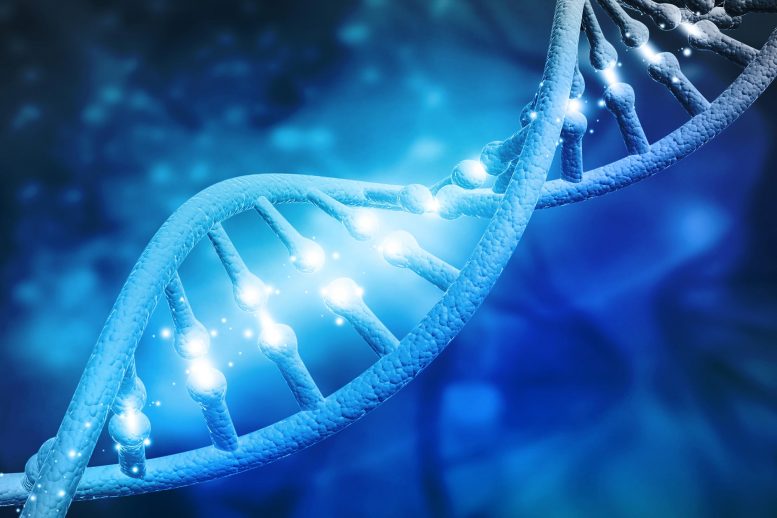
Scientists have discovered at least two genetic pathways leading to the identical physical outcome for a species of flycatcher in the Solomon Islands.
Research indicates that there is more than one way to build a black bird.
Nature often finds a way when it comes to the biological necessities of survival and reproduction. Sometimes there is more than one way. Scientists have so far identified at least two genetic pathways that result in the same physical outcome for a flycatcher species that live in the isolated Solomon Islands: all-black feathers. This change was no random accident. It was the outcome of nature specifically selecting this trait. The new research was recently published in the journal PLOS Genetics.
“The Chestnut-bellied Flycatcher is not as well-known as Darwin’s finches,” said lead author Leonardo Campagna, an evolutionary geneticist at the Cornell Lab of Ornithology. “But this complex of birds has also gone through many evolutionary changes, many of which involve changes in the coloration and patterning of their plumage.”
The scenario: A large population of chestnut-bellied birds dwells on one of the Pacific chain’s larger islands. From there, some birds started new colonies on a few smaller islands. Birds on the two smaller islands eventually lost their chestnut bellies and turned entirely black. However, the birds on each island developed black plumage at different times, as a result of genetic mutations that spread quickly among the small island populations. One of these mutations spread during the last 1,000 years, which is a mere blink in evolutionary time.
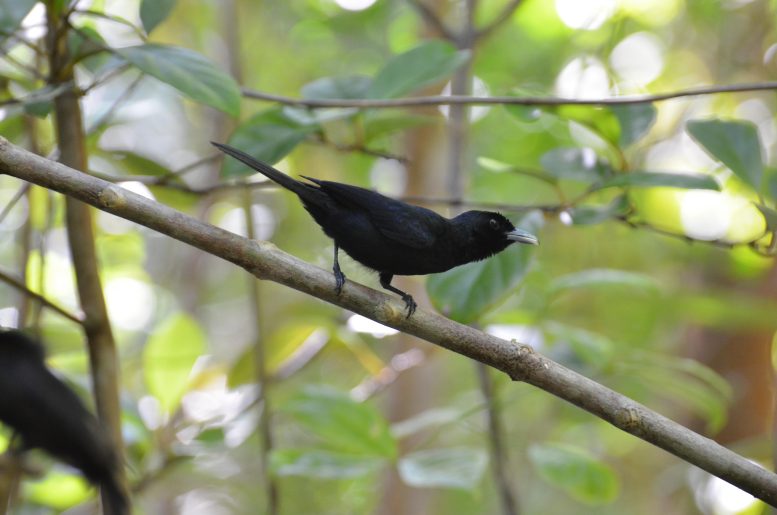
This Chestnut-bellied Flycatcher has evolved the all-black plumage found on small satellite islands to the north and southeast of Makira Island in the Solomon Islands. Credit: Al Uy, University of Rochester
“Clearly there’s something advantageous about having all-black plumage,” said Campagna. “We’ve traced this trait back through time by sequencing the entire Chestnut-bellied Flycatcher genome for the first time. The two mutations that lead to black plumage appeared at different times, on different islands, and on different genes related to melanin pigment production. That level of convergence is wild!”
The various flycatcher populations are in the early stages of speciation—splitting off to form new species—but they have not yet diverged much genetically and they can interbreed. But they rarely do, producing a few hybrids. Field experiments have shown the chestnut-bellied birds and the all-black birds each react aggressively toward a perceived interloper with their own plumage color but do not respond the same way to the members of their species with a different color.
And it turns out Mother Nature is not done tinkering with the flycatcher genome.
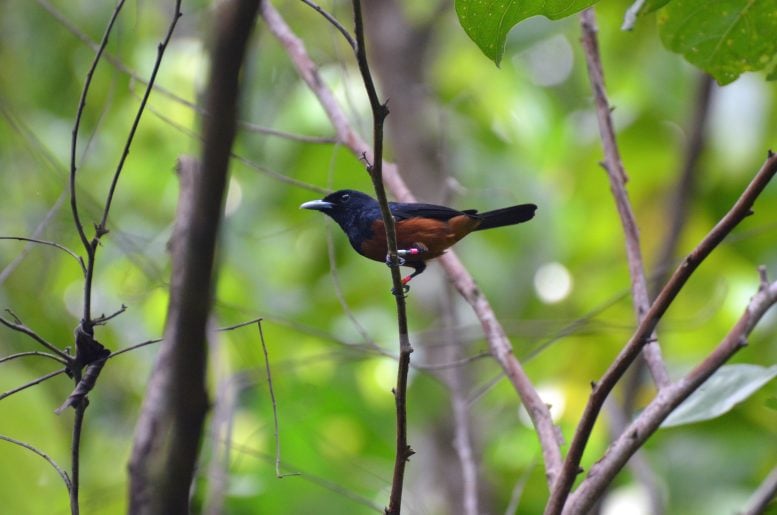
Chestnut-bellied Flycatcher from the main population on Makira in the Solomon Islands. Credit: Al Uy, University of Rochester
“We’re finding there’s a third melanic (all black) population of flycatchers among islands about 300 miles away from the original island,” said senior co-author Al Uy, a biology professor at the University of Rochester. “The mutation governing their plumage color is different yet again from those on the other two islands we studied.”
Uy has been studying the Solomon Islands flycatchers for about 15 years, aided by a trusted group of indigenous islanders he says have been “instrumental” in his work.
“I think the emerging pattern is that there’s something about small islands that’s favoring these all-black birds—in the more distant archipelago where melanism has evolved for the third time, we found that melanic and chestnut-bellied birds still coexist within each island but as islands get smaller, the frequency of melanic birds goes up.”
There are multiple theories about what’s driving the switch to back plumage, including female preference, the greater durability of black feathers, and even a possible link to genes that govern other advantageous behaviors.
The study authors include computer scientists Ziyi Mo and Adam Siepel from Cold Spring Harbor Laboratory who wrote the machine learning program that helped the researchers dig deeper into the past and measure mutation patterns in the flycatcher “family tree.”
“The use of machine learning is an exciting new development in the field of population genetics,” said Campagna. “We train the computer to recognize specific evolutionary patterns for when a particular genetic trait started, how strong natural or sexual selection was, and how quickly it moved through a population. We can then ask the trained algorithm to tell us the most likely scenario that generated the data that we observe in the present populations. It’s like going back in time.”
Reference: “Selective sweeps on different pigmentation genes mediate convergent evolution of island melanism in two incipient bird species” by Leonardo Campagna, Ziyi Mo, Adam Siepel and J. Albert C. Uy, 1 November 2022, PLOS Genetics.
DOI: 10.1371/journal.pgen.1010474


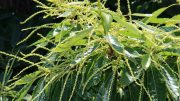
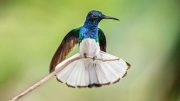

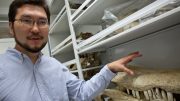
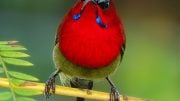

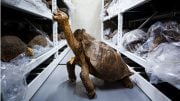
This is really a Good work on Genetics; 1 thing that is missing is modifying mice or rats. I see that Rhesus monkeys have 4 hands and also cheek and chin pouches. Our feet are useless expect to walk straight up. Rhesus Monkeys need to grab as much food as possible in a hurry…because stronger colleague always pull/steal from them. No Morality there. Same thing with pouches. Eating speedily is a necessity for them. I read about a bird sp. that never descends onto land for months, because it forces the smaller ones to vomit and thus feeds itself. Hopefully, someone will check the genomes and transfer such features as useful feet and pouches to mice or rats….They should never dump their useful cadavers later on. They should be kept frozen at absolut temp. for future generations to revisit and modify/improve !